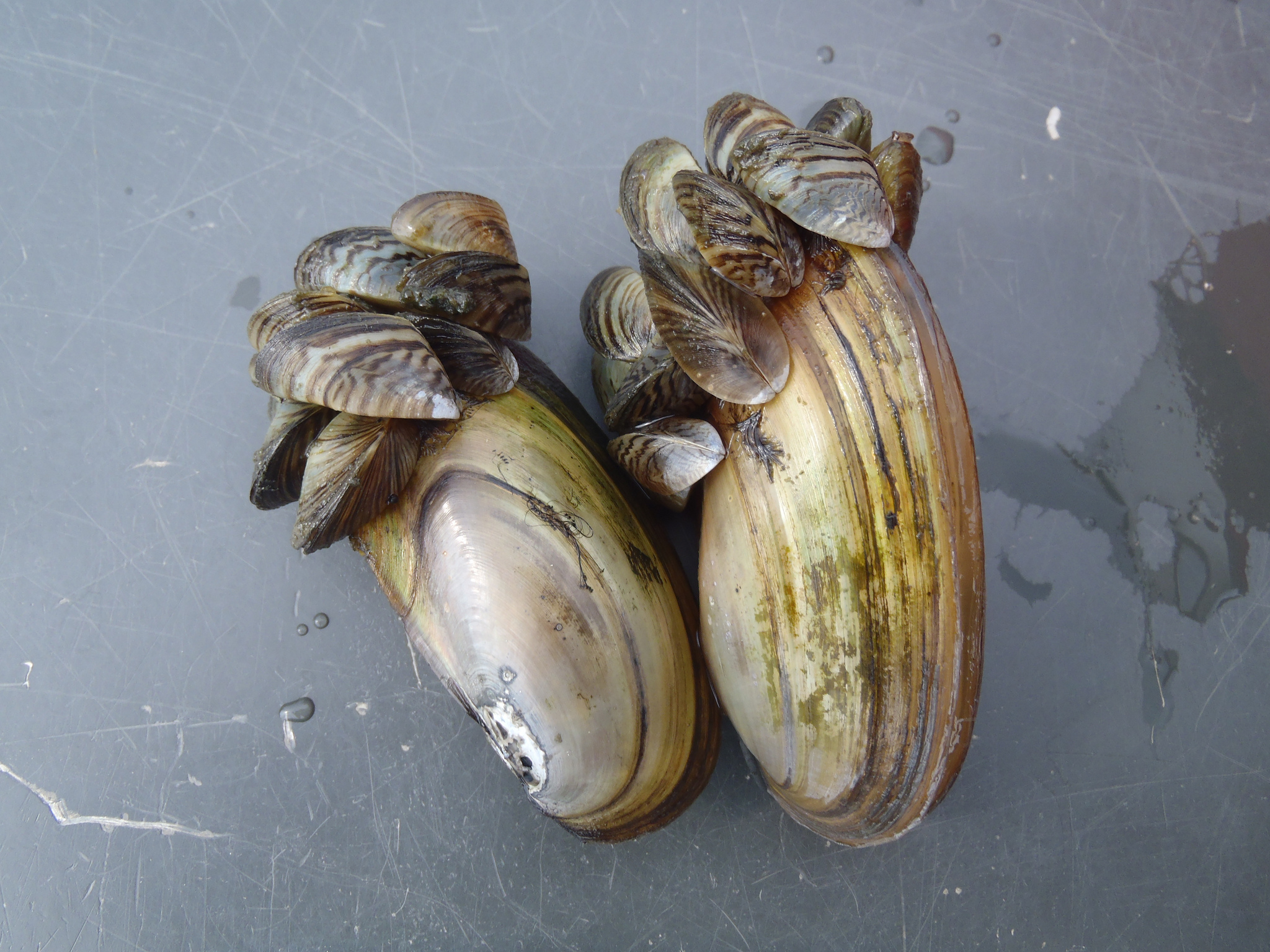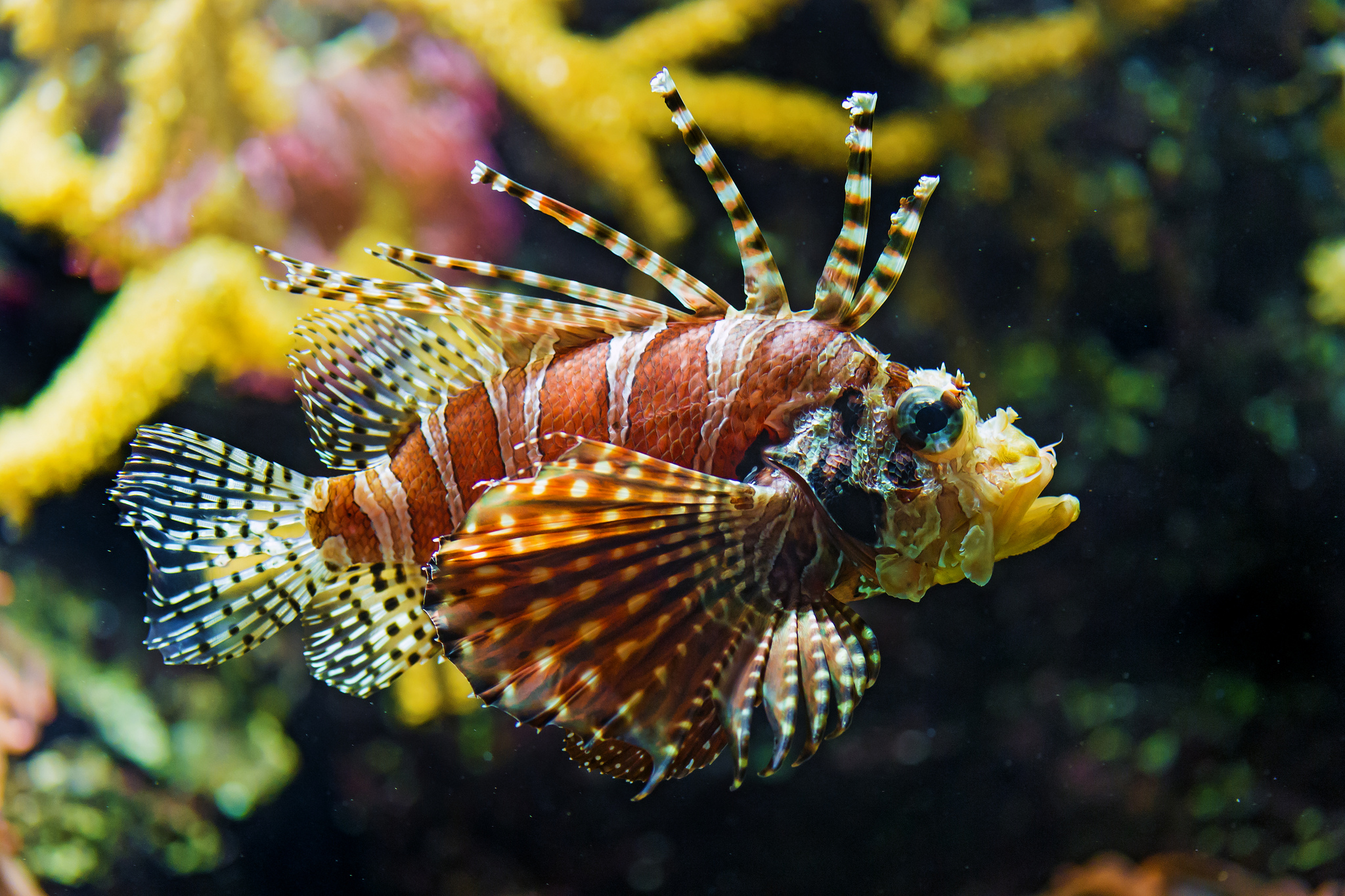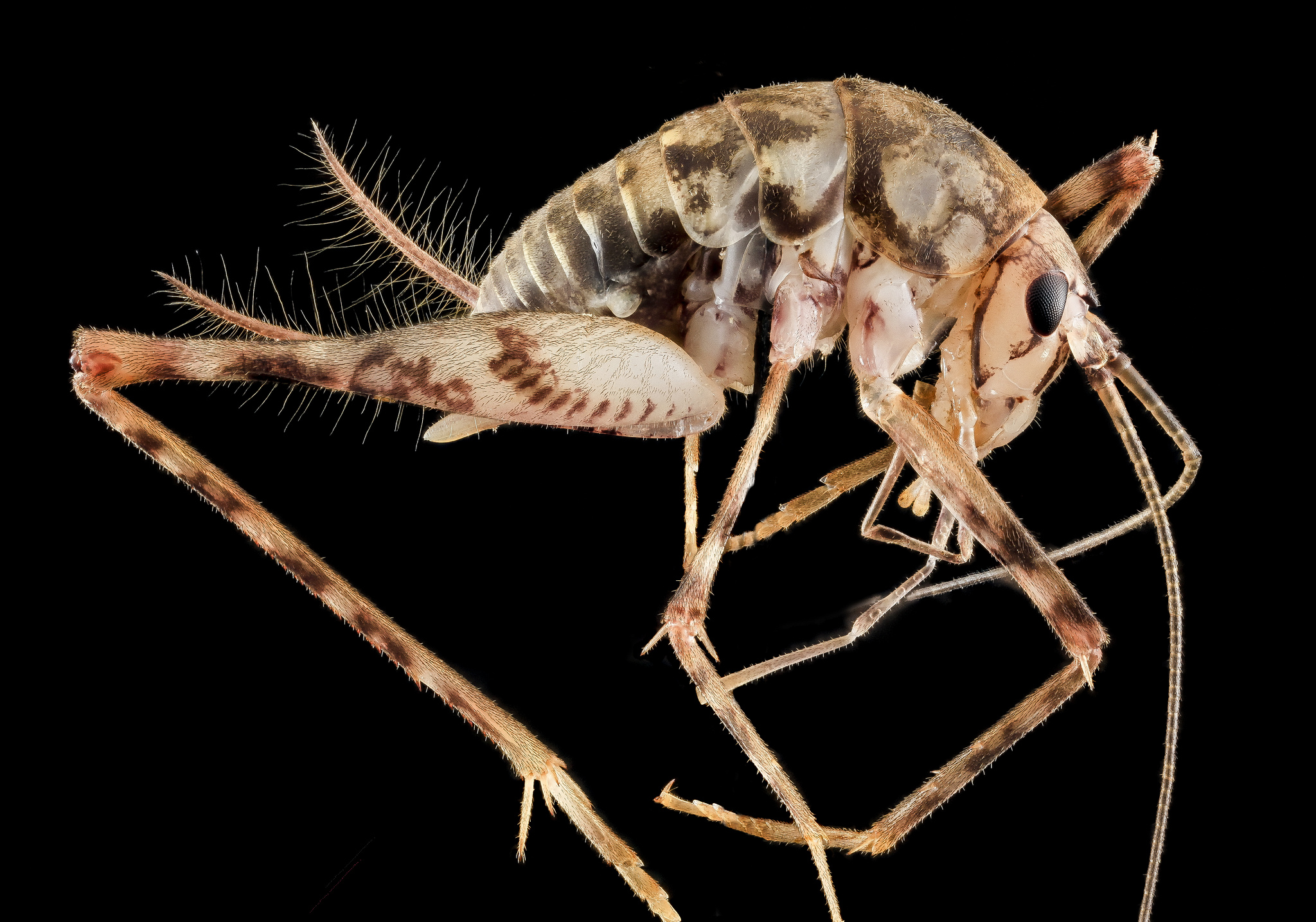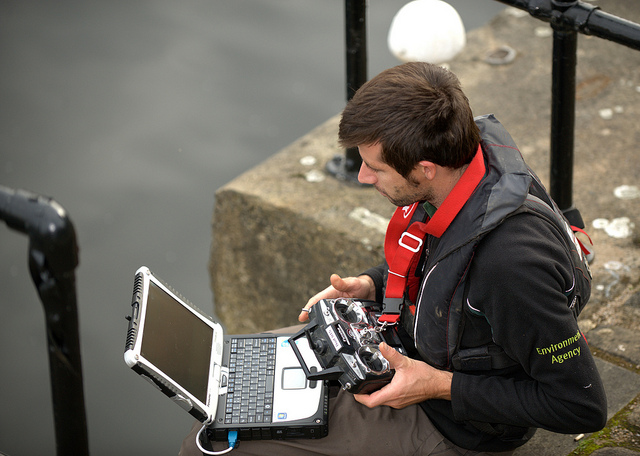Invasive Species
Lionfish
Since lionfish first appeared on the eastern seaboard in the 1980s, the invasive predators have wreaked havoc on local ecosystems. The venomous, striped fish have voracious appetites. And they spawn at a mind-boggling rate, producing two million eggs per year. Lionfish now dominate Atlantic waters from North Carolina to Venezuela.
The Asian camel cricket
There’s a new invasive species to be concerned about: the Asian camel cricket.
Environmental drones
A mention of drones most likely brings to mind military operations or, more recently, their potential future as delivery carriers for companies like Amazon.
Trouble from tropical fish
One of the highlights of visiting tropical destinations such as the Caribbean and the South Pacific is the profusion of colorful tropical fish that inhabit the warm waters of these places. Climate change is raising water temperatures far from the tropics and tropical fish are migrating to entirely new locations. While this may sound like a good thing, is definitely isn’t.
Insect defense report card

During last spring’s report card season, a little known government program received its grades. The program is aimed at defending our nation against the imported insects and diseases that harm trees, forests, and local economies. [Read more…] about Insect defense report card
The referee called “foul”

As a child, I remember looking with some fascination at barnacles on the piers in a Cape Cod harbor, and reading about how their growth on the bottoms of boats so slowed their progress in the water that dry-docking for barnacle removal was a common practice. Growths of marine organisms on hard surfaces fall under the general term biofouling. [Read more…] about The referee called “foul”
Beefalo

In the early 1900s, a rancher conducted a breeding experiment that resulted in a cattle-buffalo hybrid called beefalo. Also known as cattalo, the unruly animals still exist and are now causing major problems in Arizona. [Read more…] about Beefalo
What’s all the talk about mute swans?

In the late 1800s, mute swans were brought from Europe to the eastern U.S. to enhance the beauty of ponds on private estates. Unlike the dark-billed native swans that migrate through our region in the spring and fall, mute swans are easily distinguished by their pinkish-orange bills. They also spend the entire year here. [Read more…] about What’s all the talk about mute swans?
A mosquito fever expands its range

A mosquito-borne virus that causes fever, headaches, and severe joint pain has spread to the Caribbean. Experts fear it’s only a matter of time before it makes its way to the U.S. Chikungunya gets its name from an East African word meaning ‘that which bends,’ due to the posture of its sufferers. [Read more…] about A mosquito fever expands its range
Let’s quit carping about it

In the 1960s, grass carp were brought to the U.S. from Asia to control weeds in southern fish-farming operations. Unfortunately, like so many other exotics, these fish escaped into the wild, and have been moving northward. As of last month, they were found to be reproducing in Lake Erie. [Read more…] about Let’s quit carping about it
Invaders underfoot in our forests

Despite their familiarity, earthworms are an invasive species in America’s northern temperate forests. They arrived in the mid-1800s, with the arrival of European settlers. And today, humans continue to spread earthworms through activities such as road building, mountain biking, and bait fishing. [Read more…] about Invaders underfoot in our forests
An invasive species named Fluffy

An invasive species is a plant or animal that is not native to a particular ecosystem. An invasive can throw an ecosystem out of whack by competing with native species for resources or eliminating native species. Examples include zebra mussels, Japanese knotweed, and the domestic house cat. [Read more…] about An invasive species named Fluffy
If you can’t beat 'em, eat 'em!

[audio:http://wamcradio.org/EarthWise/wp-content/uploads/2013/10/EW-11-07-13-Eat-the-Invaders.mp3|titles=EW 11-07-13 Eat the Invaders]
When it comes to seafood, sustainability is a hot topic – around the world, fisheries are over-exploited and popular commercial fish populations are struggling to survive. At the same time, invasive species such as Asian carp are wreaking havoc on ecosystems and further threatening indigenous marine life. [Read more…] about If you can’t beat 'em, eat 'em!
Dams complicate river management

Managing fish in human-altered rivers is a challenge because their food webs are sensitive to environmental disturbances. So reports an exhaustive three-year analysis of a 240-mile stretch of the Colorado River downstream of Glen Canyon Dam. [Read more…] about Dams complicate river management
Keeping Asian carp out of the Great Lakes

The Great Lakes are currently facing a significant threat from invasive carp. [Read more…] about Keeping Asian carp out of the Great Lakes
Marine invaders in the global marketplace

Next time you go shopping, keep an eye out for the origins of the things you purchase. From kiwis grown in Chile to shirts made in Bangladesh – we are living in the age of the global marketplace. [Read more…] about Marine invaders in the global marketplace
Fuel from reeds

Almost any kind of plant material can be used as a feedstock to make ethanol. To date, most ethanol comes from sugar- and starch-based feedstocks because processing is relatively cheap and easy. Unfortunately, it also means producing fuel from crops that are ordinarily used for food, such as corn. [Read more…] about Fuel from reeds
A tiny invader that’s driving people indoors

The Asian tiger mosquito is yet another invasive species that has taken hold in the United States. It arrived here in 1985 in a shipment of tires imported from Asia. This little mosquito is an aggressive human biter capable of transmitting diseases. But its greatest impact in the U.S., so far, is the way it is profoundly changing peoples’ relationships with the outdoors. [Read more…] about A tiny invader that’s driving people indoors
Climate change and invasive species






